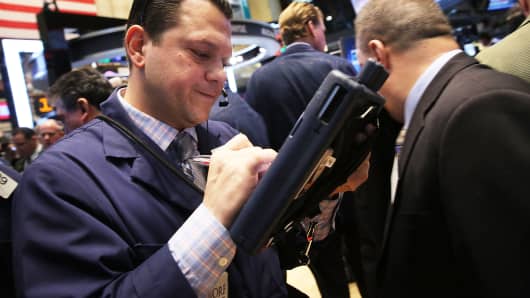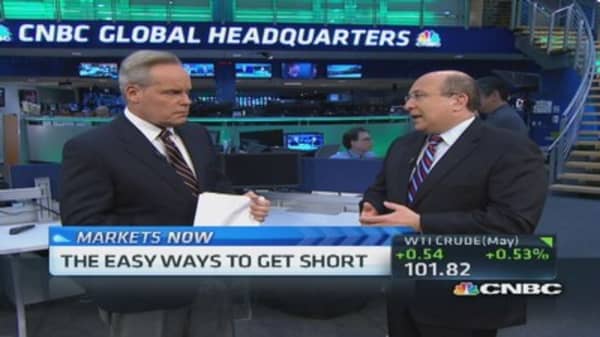And, to be clear—my call for a correction is a shorter call. I am a major believer that we are not in a bubble, however long it may have taken some observers to recognize that fact. I believe we are in a secular bull market that will last for several years to come, though this market remains stretched in the here and now.
Read More30% fall looming for S&P 500: Economist
Having said that, a major reason that the market is going through a "rotational correction," as opposed to a more broad and obvious one, is that central banks, around the world, appear to be getting out their bazookas again for another, potentially, significant amount of stimulus.
China's weak manufacturing data may be setting the stage for another round of easing by both the People's Bank of China and a blast of fiscal stimulus from the central planners.
The European Central Bank (ECB) is likely going to take interest rates to zero and launch a full-scale asset-buying program, much like the Federal Reserve has done in the U.S., to counter inflation, which has dropped to a five-year low.
And Janet Yellen made it very clear this week that she has absolutely no intention of raising U.S. interest rates until the economy reaches its full growth potential. To put it even more plainly, and obviously, than she did: The unemployment rate needs to be nearer 5 percent than 6 percent; underemployment needs to fall back to historic norms and inflation needs to rise to the Fed's internal target of at least, 2 percent.
Read MoreA market pullback is coming: Kenny Polcari
So, while I am cautious about the market's near-term prospects and will remain so unless or until the market makes more than nominal, intraday highs, I have to respect the power of central bankers to alter the outlook.
I still believe that better buying opportunities for equities will emerge later in the year after the mid-term elections and once economic data show increasing underlying strength in the economy.
But the alternative to a full-blown correction is more of this rotational selling we've seen. The leaders have been taken out and shot, while the laggards are being bought. Not my kind of game, but one that might have to be played regardless of your point of view.
Ron Insana is a CNBC and MSNBC contributor and the author of four books on Wall Street. He also delivers a daily podcast, "Insana Insights," and a long-form weekly version, both available on iTunes and at roninsana.com. Follow him on Twitter @rinsana.





